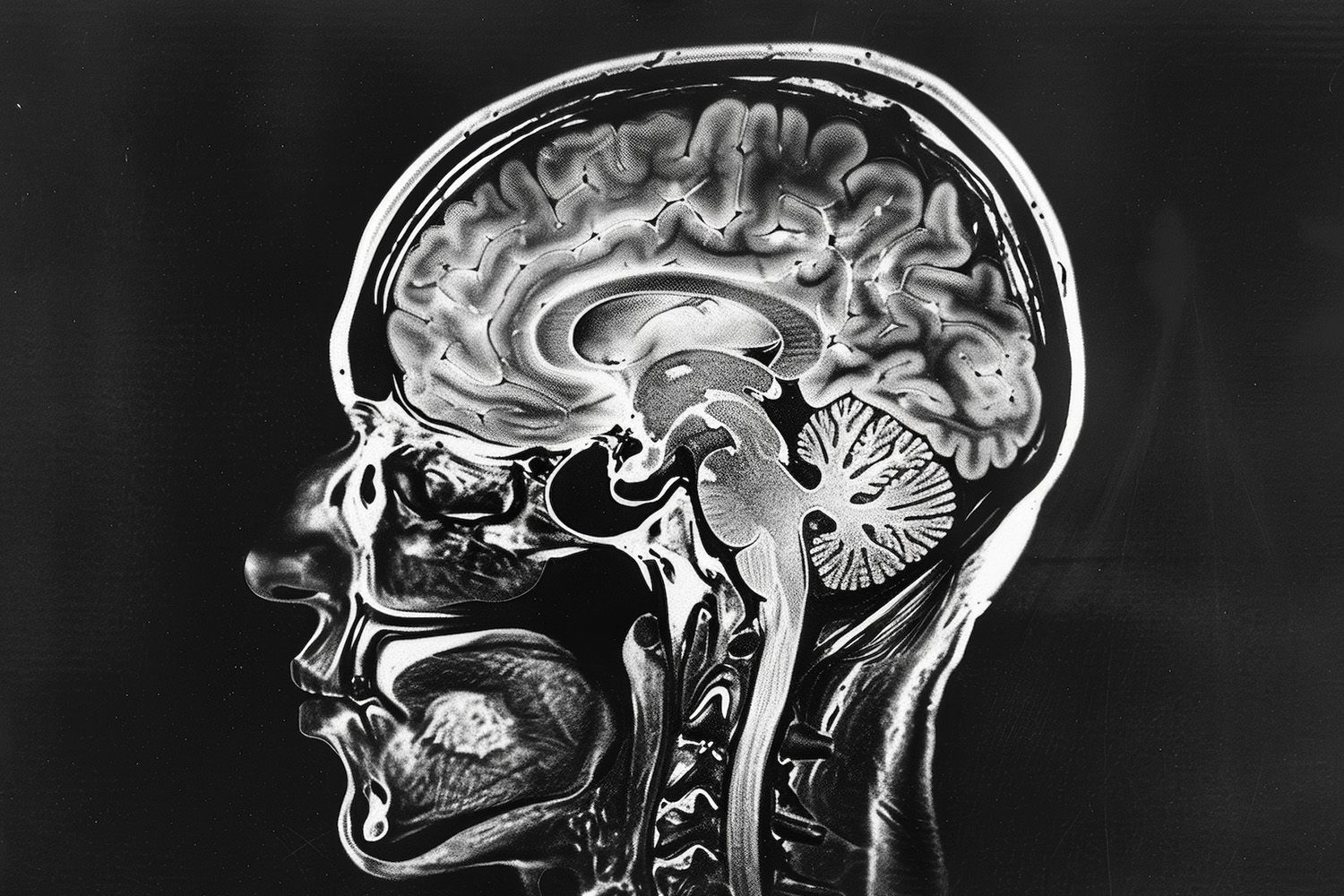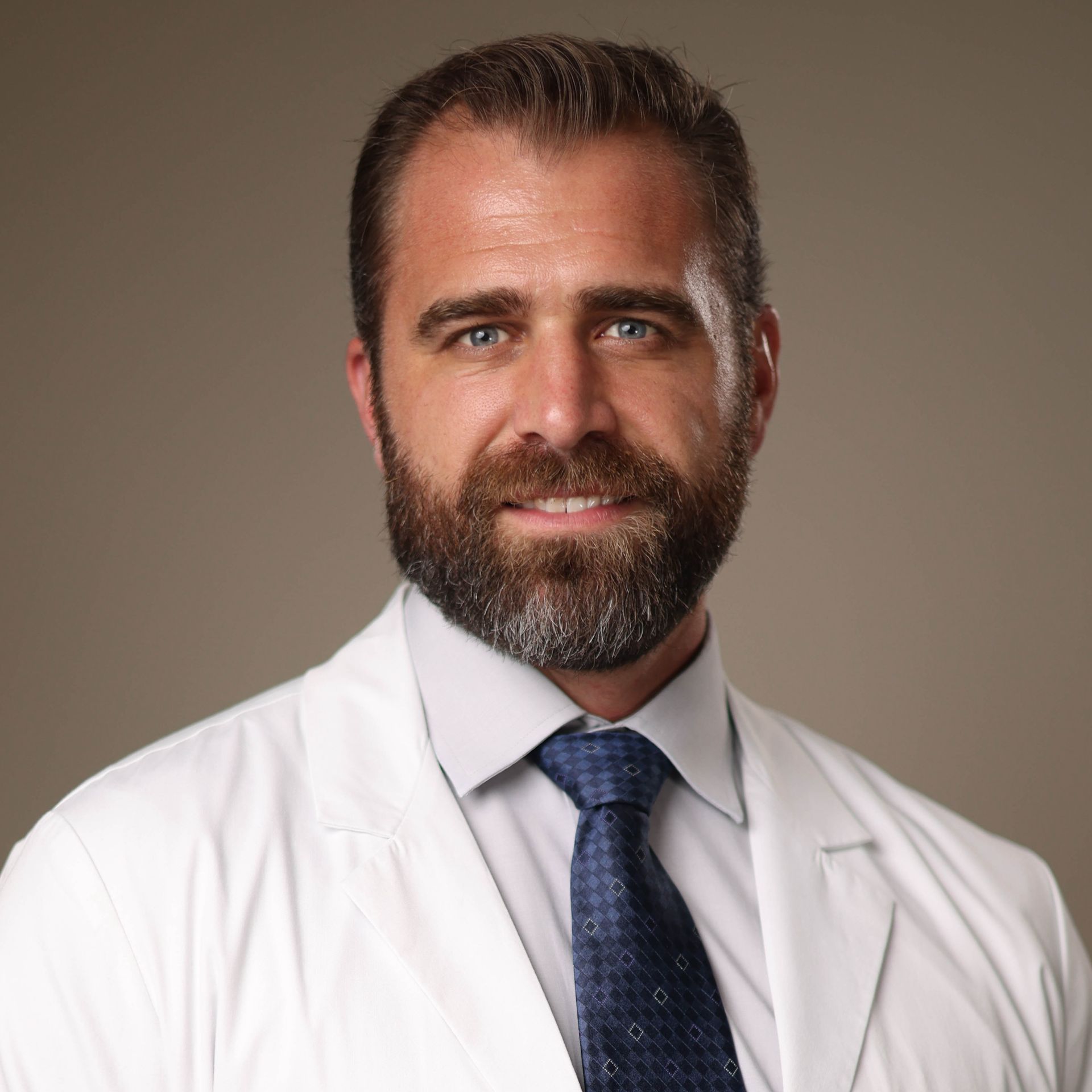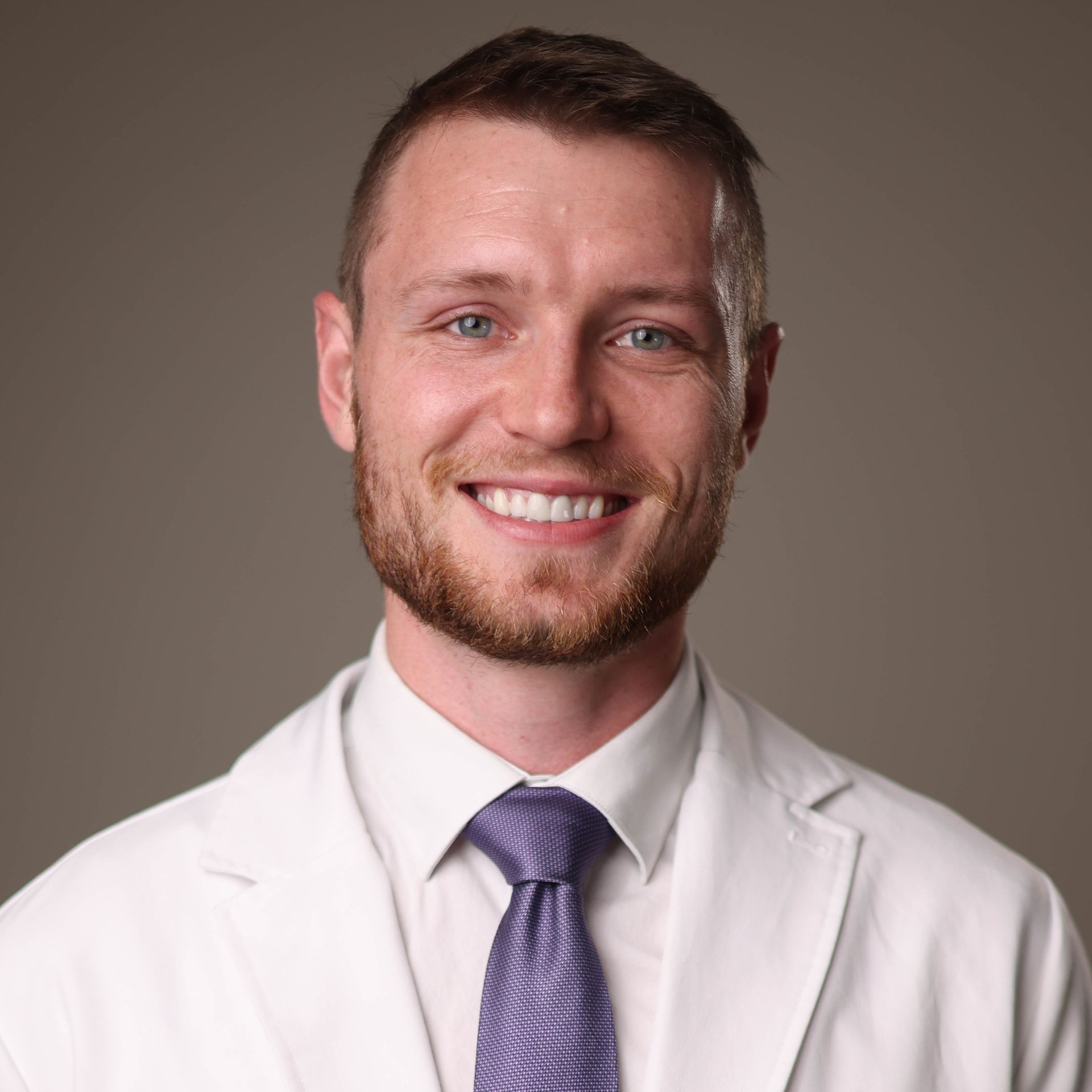Craniofacial Changes after Combined Atlas-Orthogonal and Biomimetic Oral Appliance Therapy
A Research Article by Dr. Dave Singh, Dr. Chris Chapman, and Dr. Myles Preble

Advancing Craniofacial Alignment and Posture
Head and neck alignment play a crucial role in overall health, yet traditional chiropractic or dental approaches often address these issues independently. In a groundbreaking study, Dr. G. Dave Singh, Dr. Chris Chapman, and Dr. Myles Preble explore the combined effects of atlas orthogonal (AO) chiropractic adjustments and biomimetic oral appliance therapy (BOAT) in their paper, Craniofacial Changes after Combined Atlas-Orthogonal and Biomimetic Oral Appliance Therapy.
Dr. Singh has stayed on the cutting edge of innovation in biomimetic oral appliances, pushing the field of dentistry and orthodontics to new heights. Dr. Chapman is a pioneer in the upper cervical world, bridging the gap of clinical care between airway orthodontics and upper cervical chiropractic care. As one o our esteemed colleagues, Dr. Chapman carries the prestigious title of Diplomate of Chiropractic Craniocervical Junction Procedures, one of only approximately 80 worldwide. Through his efforts and ongoing collaboration between these worlds, we have seen substantial advancements in cranio-cervical and craniofacial stability, leading to significant improvements in clinical outcomes.
This study builds on the collective expertise of these three thought leaders, offering a multidisciplinary solution that significantly improves craniofacial alignment and provides a new perspective on addressing structural and neurological health.
How the Study Was Conducted
Eleven adults (average age 39.5) with atlas subluxations and malocclusions were evaluated. Participants first underwent AO adjustments, targeting upper cervical misalignment. Following these adjustments, they were fitted with a biomimetic oral appliance (DNA appliance®), designed to optimize craniofacial and dental structure. Radiographic assessments measured alignment changes at three stages: pre-treatment (T0), post-AO adjustment (T1), and after oral appliance therapy (T2). This systematic approach allowed researchers to evaluate the isolated and combined effects of each therapy on craniofacial alignment.
Key Findings and Implications
The study revealed that combining AO adjustments with BOAT created a powerful synergy for improving craniofacial alignment. Participants experienced a mean improvement of 68.2% in craniofacial alignment after the combined therapy. Specific parameters such as atlas cephalic displacement, cervical spine angles, and axis rotation showed significant enhancements. For example:
- Atlas cephalic displacement decreased from 2.50 mm at baseline to 1.10 mm after AO adjustments and further to 0.50 mm after BOAT.
- Axis (C2) rotation improved from 6.60° at baseline to 2.80° after AO adjustments and to 1.50° with the combined therapy.
- Cervical spine-atlas angular rotation improved from 3.10° at baseline to 1.60° after AO adjustments and further to 0.60° after BOAT.
These structural improvements suggest the combination of AO adjustments and BOAT provides greater benefits than either therapy alone. Beyond alignment, the combined therapy addresses underlying compensation mechanisms that may enhance overall postural stability, airway function, and neurological outcomes. This evidence emphasizes the importance of integrating care when treating complex conditions like craniofacial and upper cervical misalignment.
A New Perspective on Structural Health
This study reinforces the idea that structural and neurological health is best addressed through a multidisciplinary approach. Combining AO adjustments with BOAT not only optimized craniofacial alignment but also highlighted how different healthcare specialties can work together to address root causes of structural imbalances.
At Cerebral Chiropractic Center, our primary goal is to uncover the root cause or causes of a patient’s problem and tailor a solution to their unique needs. This may involve precise upper cervical care alone or collaborating with other healthcare providers, such as airway orthodontists, for a comprehensive treatment plan. The more we explore multidisciplinary care for complex conditions, the more we find opportunities to achieve long-term structural stability and improved neurological outcomes—outcomes that might not be possible with isolated approaches. This research exemplifies how integrating expertise can lead to transformative results for patients.
Read the Full Article
For an in-depth understanding of this research, we encourage you to read Dr. G. Dave Singh, Dr. Chris Chapman, and Dr. Myles Preble’s complete paper, Craniofacial Changes after Combined Atlas-Orthogonal and Biomimetic Oral Appliance Therapy. The full article delves into the methods, findings, and potential applications of this groundbreaking study. [Access the full article here.]
A Groundbreaking Approach to Migraine Relief
For patients in St. Petersburg, FL, seeking effective migraine relief, the Advanced Orthogonal technique provides a precision-focused, non-invasive solution. By realigning the atlas vertebra, this approach reduces biomechanical stress and restores balance to the cranial-spinal system. Advanced Orthogonal’s sound wave adjustment is painless, precise, and tailored to each individual, offering a lasting and natural path to relief without invasive procedures or medication reliance.
Don’t let migraines control your day-to-day life. If you're in St. Petersburg, FL, the Advanced Orthogonal technique at Cerebral Chiropractic Center provides the precision care you need to regain control. Schedule your consultation today and discover how upper cervical care can make a difference.
More Articles







